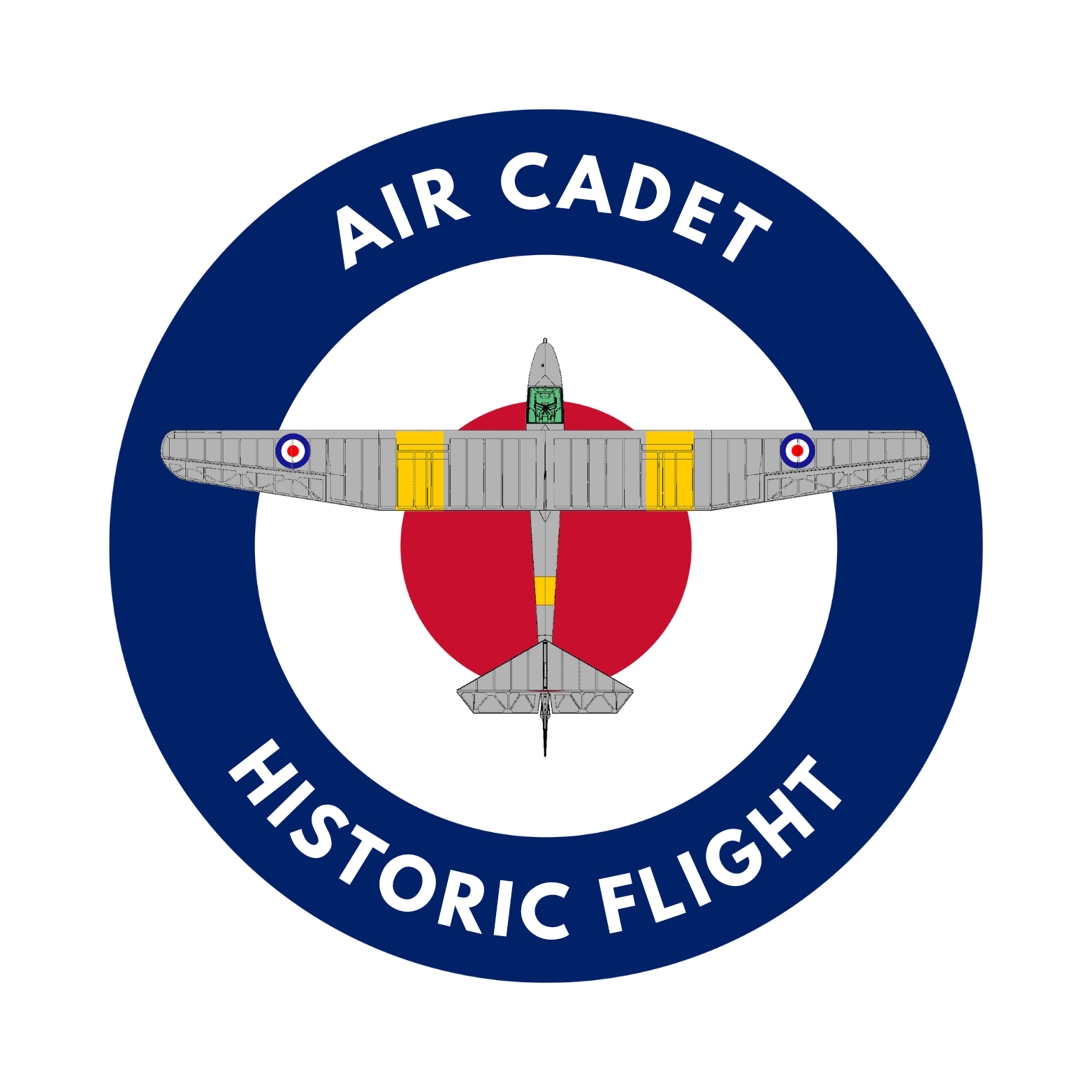Gliders need trailers! While some of the airworthy examples in our fleet live “rigged” in a hangar (currently in shared hangarage at the Bristol & Gloucester Gliding Club) the rest of the fleet has to live in suitable trailers.
Even the airworthy gliders (unlike powered aircraft) need to be readily road transportable, either so we can take them to shows and exhibitions or for maintenance, or as a “just in case” in the event of one being unable to return to the airfield and ending up in a farmers field…
Vintage gliders don’t fit in the modern slim-line trailers commonly used for composite gliders, so the ACHF have a variety of trailers of all sizes, suitably kitted out to take the different models. These range from compact rounded trailers for the Prefects and Tutors, to large slab sided trailers for the Sedbergh and a very special shaped trailer (pictured above) for the Grasshopper gifted to us by one of our major donors!
